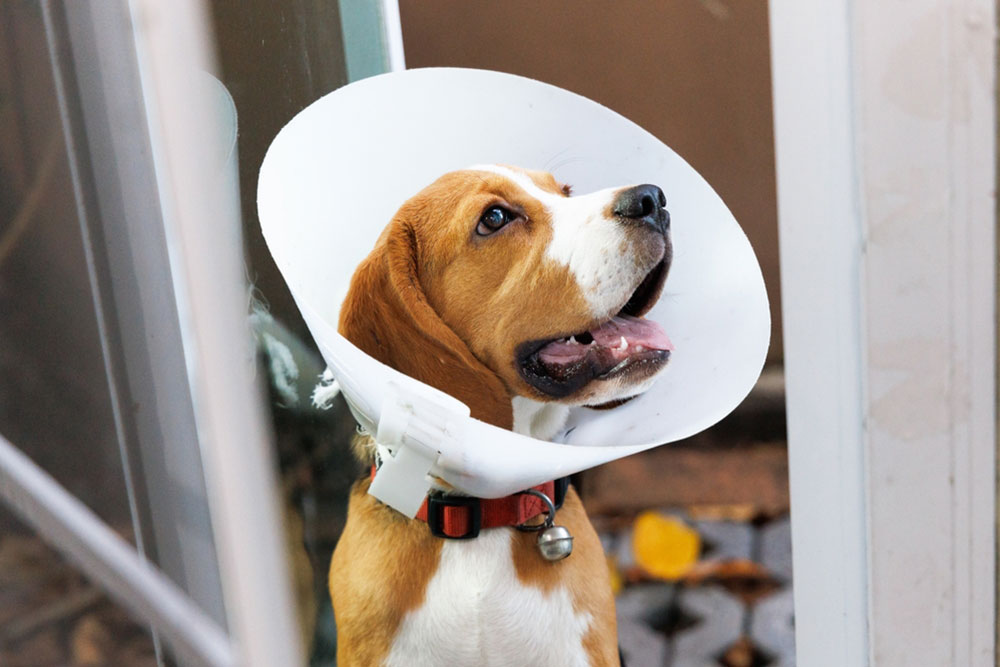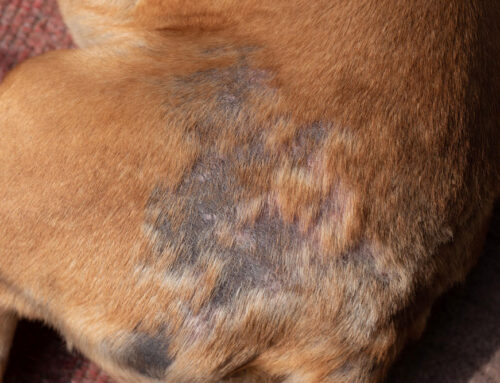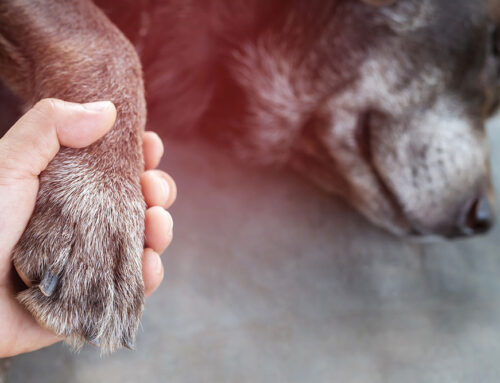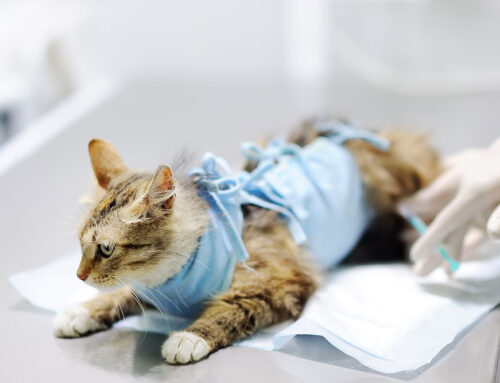As a responsible pet owner, you want the best for your pet—and that includes making thoughtful decisions about their long-term health. One of the most important early choices you’ll face is whether to spay or neuter.
At Creature Comforts Veterinary Service, we know this decision can feel daunting. Concerns about recovery, cost, or how your pet might change are completely normal. We’re here to walk you through the facts so you can move forward with confidence and care.
Understanding Spay and Neuter Procedures
Spaying and neutering are routine surgeries that prevent pets from reproducing:
- Spaying removes the ovaries and uterus in female pets.
- Neutering removes the testicles in male pets.
These procedures are safe, commonly performed, and come with significant health and behavioral benefits—despite common myths like “my pet will get fat” or “they’ll act differently.” With the right care, your pet will stay just as happy and loving as before.
Learn more about myths and facts from the ASPCA.
Beyond Population Control: The Health Benefits
While reducing overpopulation is a critical reason to spay or neuter, the benefits to your individual pet are just as compelling.
For Female Pets
- Eliminates the risk of pyometra, a life-threatening uterine infection. Cornell University explains it here.
- Reduces the risk of mammary cancer, especially if done before the first heat cycle.
- Prevents ovarian and uterine cancers, which, while rare, are serious.
For Male Pets
- Eliminates testicular cancer risk
- Reduces prostate enlargement and infection risk
- Lowers incidence of hernias and perianal fistulas
Behavioral Improvements: A More Manageable Household
Spaying and neutering may reduce certain hormone-driven behaviors:
- Females: Less vocalization, restlessness, and attraction of male dogs.
- Males: Decreased roaming, urine marking, mounting, and aggression toward other males.
It’s important to note that these changes target reproductive behaviors—not your pet’s core personality. Your pet will remain the same loving companion.
What Happens If You Choose Not to Spay or Neuter?
Choosing not to spay or neuter is a personal decision—but one that comes with responsibilities and risks. Here’s what to expect:
For Female Pets
- Heat cycles typically occur every 6–8 months and last 2–3 weeks. During this time, you’ll likely notice bleeding, behavioral changes, and the attraction of male dogs—even from a distance.
- You’ll need to take extra precautions on walks and in the yard, as intact males may attempt to escape or approach your home.
- Health risks like pyometra and mammary tumors increase significantly over time.
For Male Pets
- Intact males are more likely to roam in search of a mate, increasing the risk of injury or getting lost.
- Hormonal behaviors such as territorial marking, mounting, and aggression are more common and often harder to manage with age.
- The risk of testicular cancer and prostate complications
Thinking About Breeding?
If you’re considering a litter, keep the following in mind:
- Pets do not emotionally “want” to be parents—raising a litter is instinctual, not fulfilling.
- Emergencies happen: What if the mother requires a C-section? Rejects the litter? Doesn’t survive?
- Bottle-feeding newborns is a 24/7 job for several weeks.
- Veterinary care, food, vaccines, and supplies for puppies or kittens can quickly become expensive.
- And finally—with shelters already full, will you find responsible homes for the entire litter?
Spaying or neutering is often the simpler, safer option—for both your pet and your peace of mind.
The Spay/Neuter Procedure: What to Expect
Before Surgery
- We’ll perform a thorough exam and pre-anesthetic bloodwork.
- You’ll receive clear fasting instructions and guidance based on any medications your pet takes.
During Surgery
- We use advanced anesthesia and monitoring equipment to keep your pet safe and comfortable.
- Our veterinary team follows best-practice protocols for a smooth, low-stress experience.
After Surgery
- Your pet will go home with pain medications and detailed aftercare instructions.
- Use an Elizabethan collar (cone) to prevent licking, and follow restrictions on activity for 10–14 days.
- Watch for signs of infection like redness, swelling, or discharge.
More recovery tips are available through the AAHA.

How to Keep Your Pet Calm (and Happy) During Recovery
Even with crate rest or limited activity, your pet still needs mental stimulation. Here are a few vet-approved ideas to make recovery easier:
- Puzzle feeders or food-dispensing toys to slow down eating and engage their mind.
- Frozen Kongs filled with a small amount of canned food or low-fat yogurt.
- Snuffle mats or towel-rolled treats to satisfy their foraging instincts.
- Soft chews or quiet toys that don’t require a lot of movement.
- Set up a cozy, quiet recovery zone away from stairs, loud noises, or other pets.
These small steps go a long way toward helping your pet feel content and relaxed during healing.
When to Spay or Neuter: Timing Matters
- Young pets: Spaying/neutering before the first heat or sexual maturity offers the most medical and behavioral benefits.
- Adults or seniors: It’s never too late, but we’ll factor in your pet’s overall health and any special risks.
Curious about timing for your specific pet? Explore the AAHA’s life stage guide, or reach out to us directly.
FAQs: Common Concerns Answered
Is it painful?
We use a multimodal pain management plan before, during, and after surgery to ensure your pet is as comfortable as possible.
Will my pet gain weight?
Only if diet and exercise aren’t managed. A healthy lifestyle keeps your pet lean regardless of surgery.
Will their personality change?
No. Your pet’s affectionate, playful nature stays the same—minus the hormone-driven behaviors.
Your Partner in Pet Wellness
At Creature Comforts Veterinary Service, we’re committed to helping you make informed, compassionate choices. Spaying or neutering is one of the most impactful steps you can take to ensure a longer, healthier life for your pet—and we’re here to support you through every step of the process.
Ready to talk through your options? Contact us today. We’re proud to be your partner in lifelong pet care.







Leave A Comment